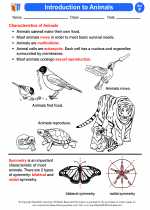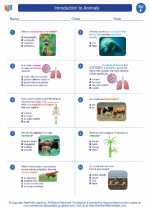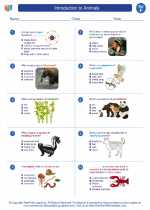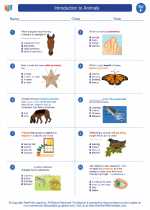ATP (Adenosine Triphosphate)
ATP, or adenosine triphosphate, is a molecule that carries energy within cells. It is often referred to as the "energy currency" of the cell because it provides the energy needed for various cellular processes. ATP is composed of an adenosine molecule and three phosphate groups.
Structure of ATP
The structure of ATP consists of an adenosine molecule and three phosphate groups. The adenosine molecule is composed of adenine (a nitrogen-containing base) and ribose (a five-carbon sugar). The three phosphate groups are attached to the ribose sugar.
Function of ATP
ATP serves as the primary energy carrier in cells, providing the energy necessary for cellular processes such as metabolism, muscle contraction, and active transport across cell membranes. When ATP is broken down into ADP (adenosine diphosphate) and inorganic phosphate, energy is released and can be used by the cell.
ATP Synthesis
ATP is synthesized in the cell through processes such as cellular respiration and photosynthesis. During cellular respiration, ATP is produced in the mitochondria through the breakdown of glucose. In photosynthesis, ATP is synthesized in the chloroplasts as a result of capturing light energy.
Importance of ATP
ATP is crucial for the survival and function of all living organisms. It provides the necessary energy for cellular activities, and without ATP, cells would not be able to carry out essential processes for life.
Study Guide
.◂Science Worksheets and Study Guides Sixth Grade. Introduction to Animals

 Activity Lesson
Activity Lesson
 Worksheet/Answer key
Worksheet/Answer key
 Worksheet/Answer key
Worksheet/Answer key
 Worksheet/Answer key
Worksheet/Answer key
 Vocabulary/Answer key
Vocabulary/Answer key
 Vocabulary/Answer key
Vocabulary/Answer key
 Vocabulary/Answer key
Vocabulary/Answer key
 Vocabulary/Answer key
Vocabulary/Answer key
